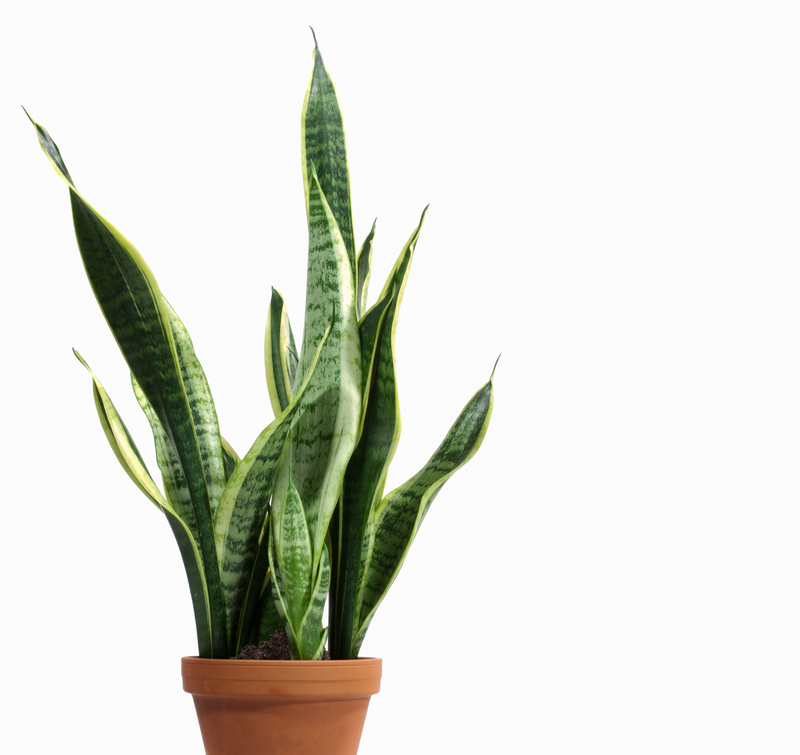Japanese Knotweed Overview: Identification and Solutions
Posted on 04/05/2025
Introduction to Japanese Knotweed
Japanese Knotweed (Fallopia japonica) is a highly invasive plant species originally from East Asia, particularly Japan, China, and Korea. Known for its rapid growth and resilience, it can dominate landscapes, making it a formidable adversary for homeowners and environmentalists worldwide. The plant's ability to spread aggressively has led to it being classified as a significant threat to biodiversity and infrastructure. Understanding how to identify and manage Japanese Knotweed is crucial in preventing its widespread damage.

Identifying Japanese Knotweed
One of the first steps in tackling Japanese Knotweed is proper identification. The plant has several distinctive characteristics:
- Stems: The stems are green with red or purple speckles, and they can grow up to 3-4 meters tall. They resemble bamboo, with distinct nodes and hollow stems.
- Leaves: The leaves are heart-shaped or spade-shaped, broad, and have a pointed tip. They are arranged in a zigzag pattern along the stem.
- Flowers: During late summer to early autumn, Japanese Knotweed produces small, creamy-white flowers that grow in clusters.
- Rhizomes: The root system is extensive, with orange-brown rhizomes. These underground stems can grow several meters in length and are a primary means of the plant's spread.
Why is Japanese Knotweed a Problem?
The invasive nature of Japanese Knotweed poses several threats:
1. Environmental Impact: It crowds out native plant species, reducing biodiversity.
2. Structural Damage: The strong root system can penetrate and damage building foundations, roads, and walls.
3. Economic Cost: The cost of removal and damage repair can be substantial for property owners and municipalities.
4. Legal Implications: In some regions, there are legal requirements for managing and reporting the presence of Japanese Knotweed.
Solutions for Managing Japanese Knotweed
Managing Japanese Knotweed requires a strategic approach, ranging from professional treatment to DIY methods. Here are some effective solutions:
- Professional Help: Engage a specialist contractor who can offer solutions like herbicide treatment, excavation, or a combination of both. Professionals often provide guarantees for their work.
- Chemical Control: Herbicides like glyphosate can be effective if applied correctly. It usually requires multiple applications over several growing seasons.
- Mechanical Control: Cutting the plants back regularly can help manage growth. This method is best combined with chemical treatments for effectiveness.
- Root Barriers: Installing physical barriers can prevent the spread of rhizomes to uninfected areas.
- Excavation and Removal: This is a more immediate but costly solution, where the contaminated soil is excavated and disposed of, followed by an infill of clean soil.
Pros and Cons of Japanese Knotweed Management
Pros:
- Environmental Restoration: Proper management can restore native biodiversity.
- Infrastructure Protection: Prevents damage to buildings and other structures.
- Property Value: Effective control or removal can prevent property devaluation.
Cons:
- Cost: Management and removal can be expensive.
- Time-Consuming: It often requires long-term commitments and multiple treatments.
- Legal Risks: Mishandling may lead to legal repercussions, especially in regions with strict regulations.
Tips for Managing Japanese Knotweed
1. Early Detection: Regularly inspect your property for signs of Japanese Knotweed, especially in late spring and early summer when it's most visible.
2. Documentation: Keep records of treatment methods and progress. This can be useful for future reference and in legal scenarios.
3. Community Awareness: Educate neighbors and local communities to manage and prevent spread effectively.
4. Follow Guidelines: Always adhere to local regulations regarding the control and disposal of invasive species.

Key Takeaways
- Japanese Knotweed is a destructive invasive species requiring prompt attention.
- Accurate identification is crucial for effective management.
- Multiple treatment strategies, often combined, yield the best results.
- Professional assistance may be necessary for severe infestations.
- Knowledge and compliance with local regulations are imperative.
Conclusion
Japanese Knotweed is a significant environmental and structural threat, demanding vigilant identification and a comprehensive management approach. By understanding its characteristics, potential threats, and treatment options, property owners can effectively mitigate the invasive plant's impact. Combining professional intervention with consistent DIY efforts and community involvement can ensure the successful management of Japanese Knotweed, preserving both the environment and property values.



